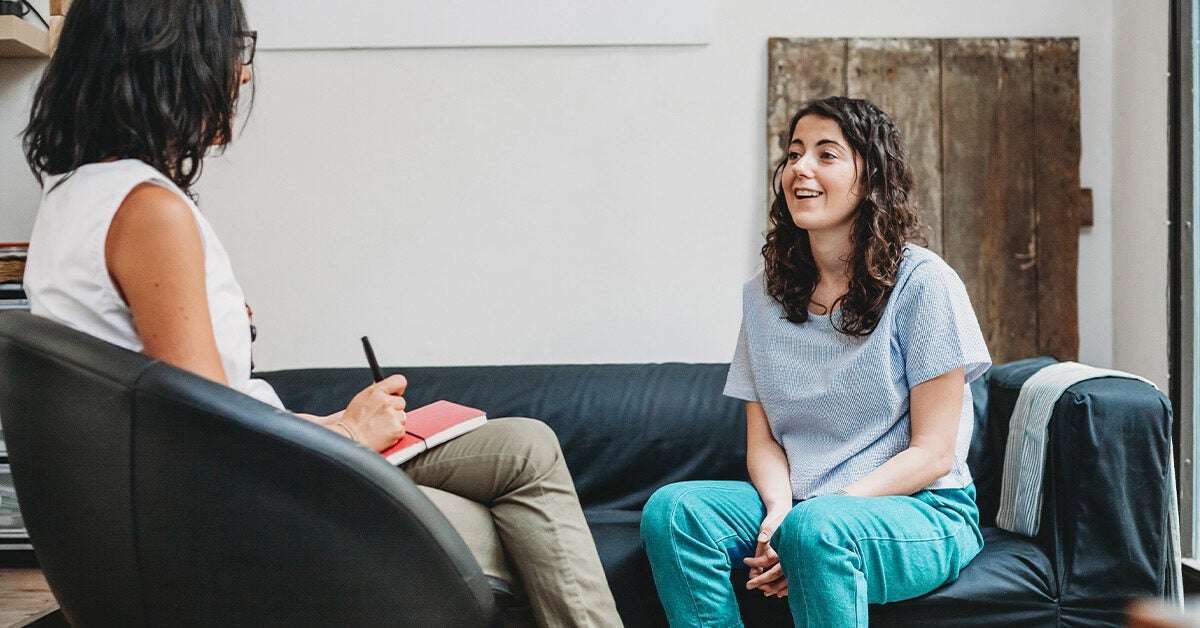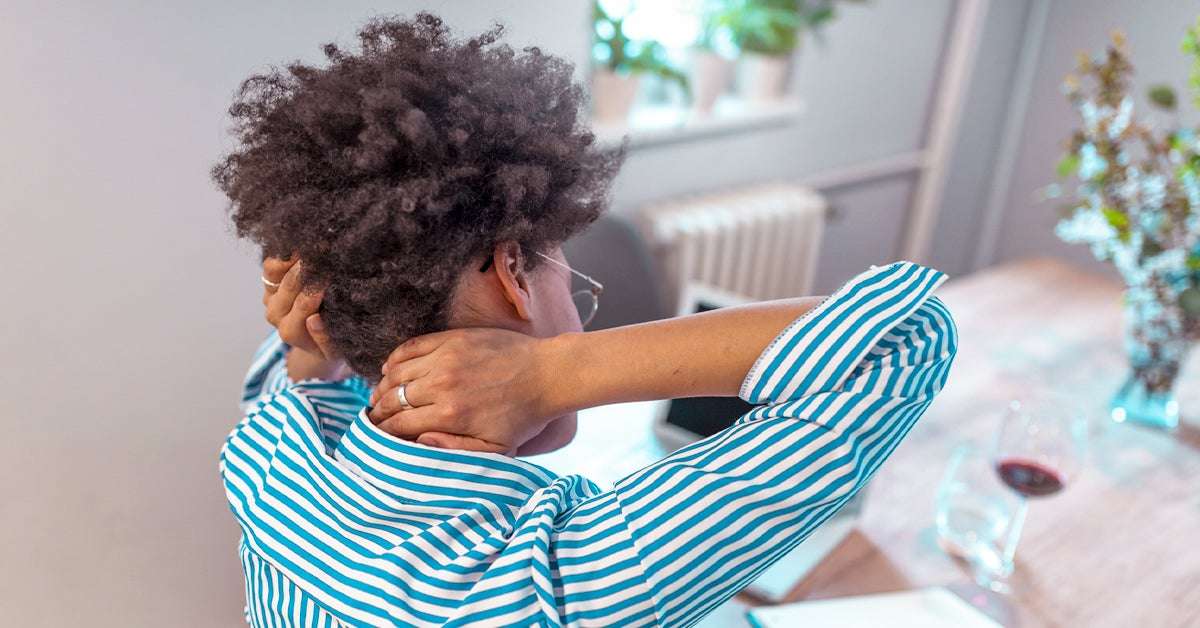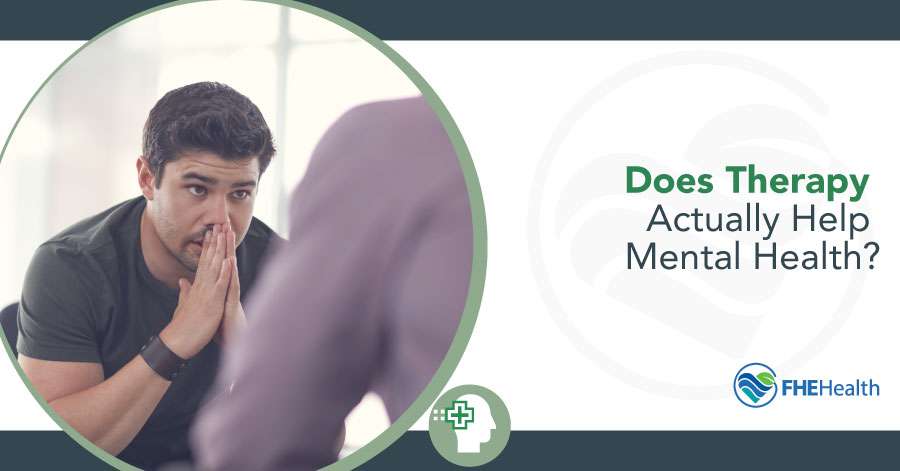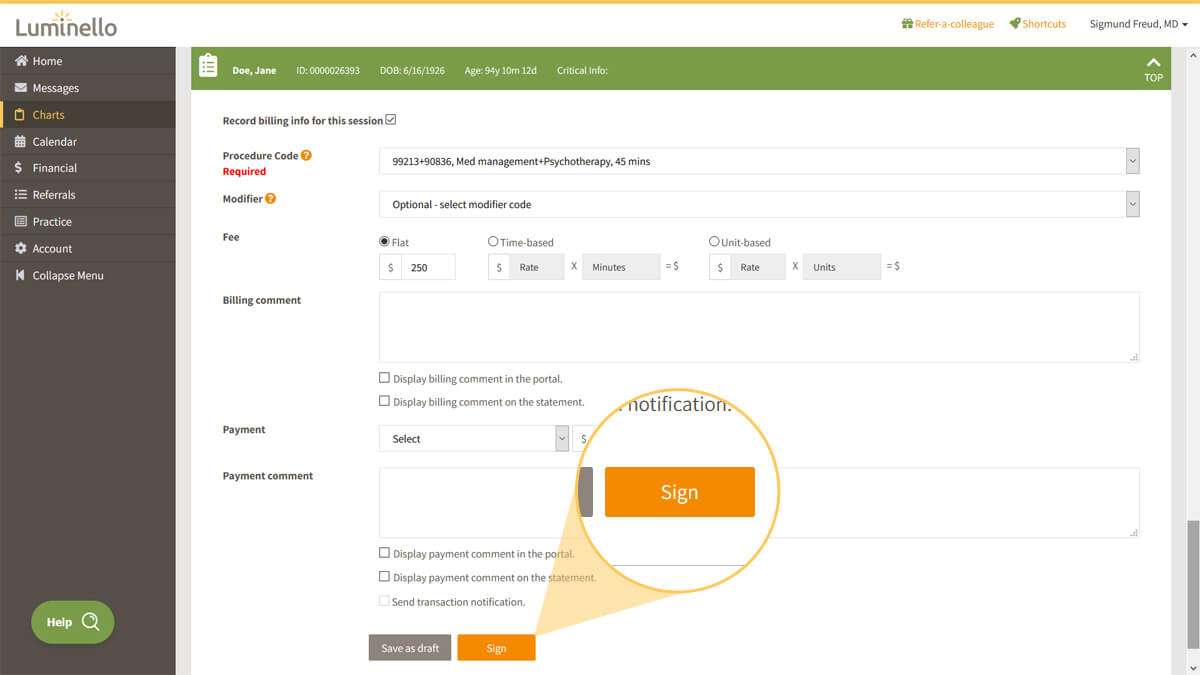February 1, 2017
Dear Colleagues,
As part of the National Social Anxiety Center’s (NSAC) ongoing service of disseminating and promoting evidence-based treatment, I’d like to share the below two articles of interest:
This Norwegian study corresponds with the results of a 2014 meta-analysis which demonstrates that, for most people, CBT is more effective than meds for treating Social Anxiety Disorder, and is even more effective than CBT + meds over time. Possible explanations for the reduced effects of combined treatment over time (CBT + meds) include the use of meds as a safety behavior and the external attribution of gains made, as well as the possibility of side effects and withdrawal symptoms triggering negative anxious thoughts and leading to relapse.
I’m curious if this result is congruent with clinician’s experience in treating SAD over time, and how you have navigated the impact and/or side effects of medications?
“Study Finds CBT Alone Best Treatment for Social Anxiety Disorder”
Link to abstract.
—
The study below adds to the increasing proof that evidence based
psychotherapies like Cognitive Behavioral Therapy have a neurobiological impact as well as a psychosocial one. Change the mind and you change the brain!
“Cognitive Behavior Therapy (CBT) for Social Anxiety Disorder (SAD) associated with neuroplasticity one year after treatment.” Mansson KN, Salami A, Carlbring P, Boraxbekk CJ, Andersson G, Furmark T. (2017). Behavioural Brain Research, 318: 45-51 Link to abstract.
Manson et al., (2016), in a randomized controlled cross-over design examined long term structural and functional changes in the brain using magnetic resonance imaging (MRI) in subjects with social anxiety disorder after receiving internet delivered CBT. Treatment responders (54%) showed reduced left amygdala gray matter volume on their MRI one year after treatment. The change in function that had been reported earlier by the same authors as occurring immediately after treatment was not seen one year later. The study adds to the growing evidence that effective treatments like CBT impacts human neuroplasticity in the long term.
—
Robert Yeilding, Psy.D.
Clinical Psychologist
Representative of NSAC Newport Beach / Orange County (Anxiety and
Depression Center)
How Can CBT Help With Social Anxiety?
Cognitive Behavioral Therapy helps people understand the ways in which behaviors are influenced by thoughts and emotions. It can also help people recognize and refute irrational thoughts that contribute to a decrease in healthy behaviors. CBT utilizes coping skills and exposure therapy to reduce anxiety symptoms, including those associated with social anxiety disorder.
CBT aims to help the individual understand what their irrational thoughts are and provide skills and techniques for debunking the irrational thoughts. Relaxation and mindfulness training are also key components to CBT that can help reduce social anxiety.
The overall goal of a CBT therapist is to help the individual learn to utilize the skills learned in therapy outside of sessions. Therapy is designed to be short term because the individual is learning to use practical skills that can be generalized and applied throughout their life. A large part of predicting success in therapy comes from the willingness of the individual to put forth the effort required for change to occur.
Common CBT Exercises for Social Anxiety Disorder
CBT uses many different techniques, exercises, and practices to elicit change. When working with someone who has social anxiety, there are certain aspects of CBT that tend to provide the most relief for the individual, like https://www.choosingtherapy.com/cognitive-restructuring/cognitive restructuring and setting S.M.A.R.T. goals.
Some of the more common CBT techniques used for social anxiety include:
ABC Model
The ABC model is designed to aid in evaluating situations and outcomes, often used to help predict likely outcomes based on beliefs and past behaviors.3
- Antecedent: The situation or activating event.
- Beliefs: Your beliefs about the event, both conscious and subconscious.
- Consequence: Your behavior or emotional response to the event.
When we break down past situations into these categories, we can begin to understand how our beliefs, whether rational or irrational, determine the outcome of the situation. We can then begin to make changes to both our beliefs and behaviors to create more desirable outcomes.
Example: Someone is invited to a friend’s birthday party but doesn’t know a lot of the other guests attending, making them feel hesitant to go. The ABC model can help them identify past experiences of parties with mostly strangers and work through likely scenarios of this current party by dissecting conscious thoughts and subconscious thoughts about the party and what the response could be.
S.M.A.R.T. Goals
S.M.A.R.T. goals are set by the individual with the aid of their CBT therapist.4 S.M.A.R.T. stands for:
- Specific: The client should know exactly what it is that they are to accomplish.
- Measurable: The client must be able to monitor their progress to know when they have reached their goal.
- Attainable: The client must possess the skill and resources required to reach their goal.
- Realistic: The client must be willing to devote their time and energy into accomplishing the goal.
- Time-specific: The client needs to set a clear and specific end date to complete their goal.
While S.M.A.R.T. goals are set by the individual, it is done so under the supervision of the CBT therapist. The therapist’s role is to ensure that the parameters for a S.M.A.R.T. goal are met to ensure the likelihood of success.
Example: The same person mentioned above has a big group meeting coming up at work and is reluctant to speak up about a topic they are an expert in. They could benefit from setting a SMART goal to combat the social anxiety and speak up and take ownership of a subject matter they are an expert in. They can do this by remembering they are going to speak on one topic at the meeting (specific), which is 30 minutes (measurable). This person is the expert on the subject and will have the resources available in the office to present on this topic (attainable and realistic), and will only have to present once (time-specific).
Cognitive Restructuring
Often, the cause of many anxiety problems is our faulty thinking about ourselves and our environments. For this reason, cognitive restructuring is a key component of a CBT therapist’s technical approaches. Cognitive restructuring involves discovering, challenging, and replacing negative or irrational thoughts with positive, rational ones.5
Example: Someone was invited to go to a concert with a friend but is hesitant because the crowds for this particular band are very large and loud. Cognitive restructuring can help to identify the dysfunctional thought (fear of having to talk with or be in close proximity with strangers) with a functional thought (these are strangers and I will never see them again, this moment is fleeting and this situation will end soon). To add, cognitive restructuring can also help to reframe the consequence of the dysfunctional thought to a potential reward with the functional thought.
Exposure Therapy
Since people with social anxiety disorder tend to avoid situations that cause their anxiety, the use of exposure therapy as part of their treatment is highly effective. Exposure therapy involves exposing the individual to the stressful stimulus until their level of anxiety decreases. With continued practice they begin to become desensitized to the stimulus.6
There are several variations of exposure therapy:
- In vivo exposure: Involves directly facing the anxiety-provoking stimulus in real life. With social anxiety, this would involve exposing the individual to a social situation known to elicit fear.
- Imaginal exposure: Involves intensely visualizing or imagining the stimulus. When using this type of exposure with social anxiety, the individual would be asked to describe a social situation that would trigger their anxious response.
- Virtual reality exposure: Virtual reality exposure uses technology to aid in exposure. This could be used to create a virtual social situation, such as giving a speech in front of a large crowd, where the individual would be virtually exposed to the stimulus.
There are also different paces of exposure therapy:
- Graded exposure: This involves ranking an individual’s fears in a fear hierarchy, and exposure begins with the lowest ranking, or least provoking fear and working up toward higher-ranking fears.
- Flooding: Also involves fear hierarchy ranking, but starts by exposing the individual to the fear that is the most anxiety-provoking first and working down the list.
Example: The same person invited to the concert could use exposure therapy to work through social anxiety. They could work with the guidance of a therapist who would slowly introduce them to small groups then to crowds, either directly or through guided visualizations. For this to work, the person must continue this exercise until they are desentized to crowds.
Relaxation Exercises
Relaxation exercises are another important component of CBT used for treating anxiety disorders like social anxiety disorder. Relaxation exercises include grounding exercises, breathing techniques, and muscle relaxation. Relaxation training can be combined with other therapeutic approaches like exposure therapy. The combination of these two techniques is used in systematic desensitization, which works by learning to associate feared social situations with relaxation.
Example: Someone is meeting the family of their significant other over the holidays and has a lot of anxiety about both meeting the family and anxiety over the large number of people. Relaxation exercises can really help to soothe social anxiety. When the person is in close contact with others, they can use breathing exercises and muscle relaxation to help ground themselves. They can do this until they can begin to feel calmer and with repetition of this practice and time, the individual can begin to associate being with their significant other’s family with a positive feeling.
Is CBT Effective for Social Anxiety Disorder?
Cognitive Behavioral Therapy is one of the most empirically researched treatment methodologies, and the research supports CBT as a highly effective treatment for anxiety disorders, including social anxiety disorder.
- In a random control trial, over a series of 12 sessions, it was found that CBT was more effective than ACT in improving social anxiety symptoms.
9
- In another study aimed at looking at maladaptive self-beliefs of those with social anxiety, it was found that over 12 weeks of CBT, these maladaptive self-beliefs decreased and reduced the severity of social anxiety symptoms.
10
- In a study examining individuals with SAD with co-occurring psychosis, it was found that group CBT helped to reduce symptoms of social anxiety and depression.
11
How Long Does CBT Take to Treat Social Anxiety?
Seeing results from CBT treatment depends on the person and the variability of their symptoms, which can impact how long they participate in CBT treatment. The standard treatment model of CBT is 10 to 12 weekly sessions, each session lasting about an hour. CBT effectiveness can take time, depending on other mental health issues the individual is dealing with or other traumatic histories which may be at play. It’s important to go in with an open mind and with hope that, with the guidance of a therapist, you can work through these issues.8




